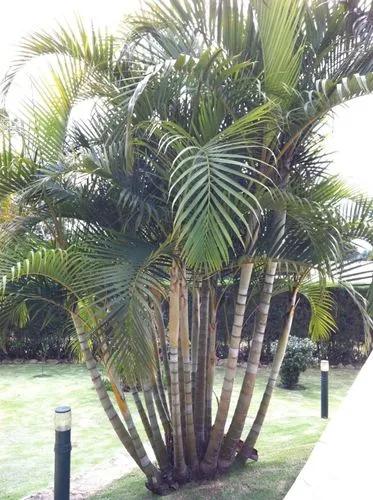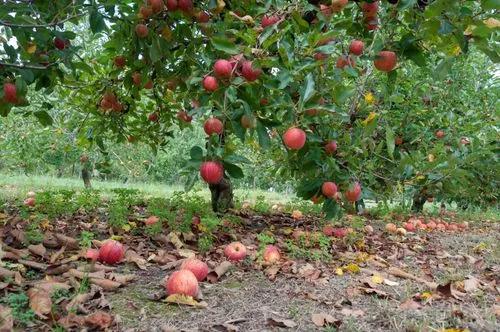Picea omorika, common name Serbian spruce, is a species of coniferous tree endemic to the Drina River valley in western Serbia, and eastern Bosnia and Herzegovina, with a total range of only about 60 ha, at 800–1,600 m (2,625–5,249 ft) altitude.
Outside its native range, Serbian spruce is of major importance as an ornamental tree in large gardens, valued in northern Europe and North America for its very attractive crown form and ability to grow on a wide range of soils, including alkaline, clay, acid and sandy soil, although it prefers moist, drained loam.










